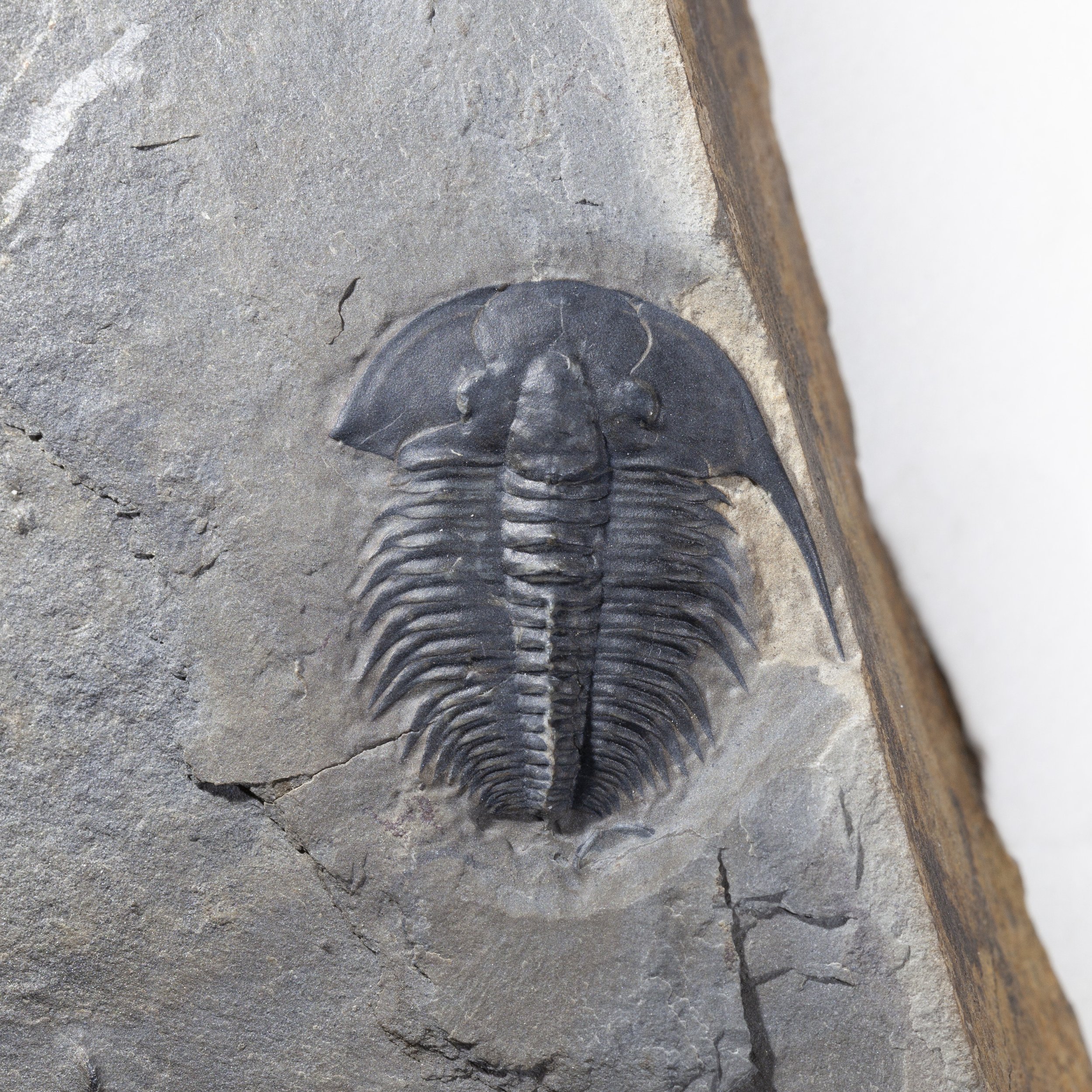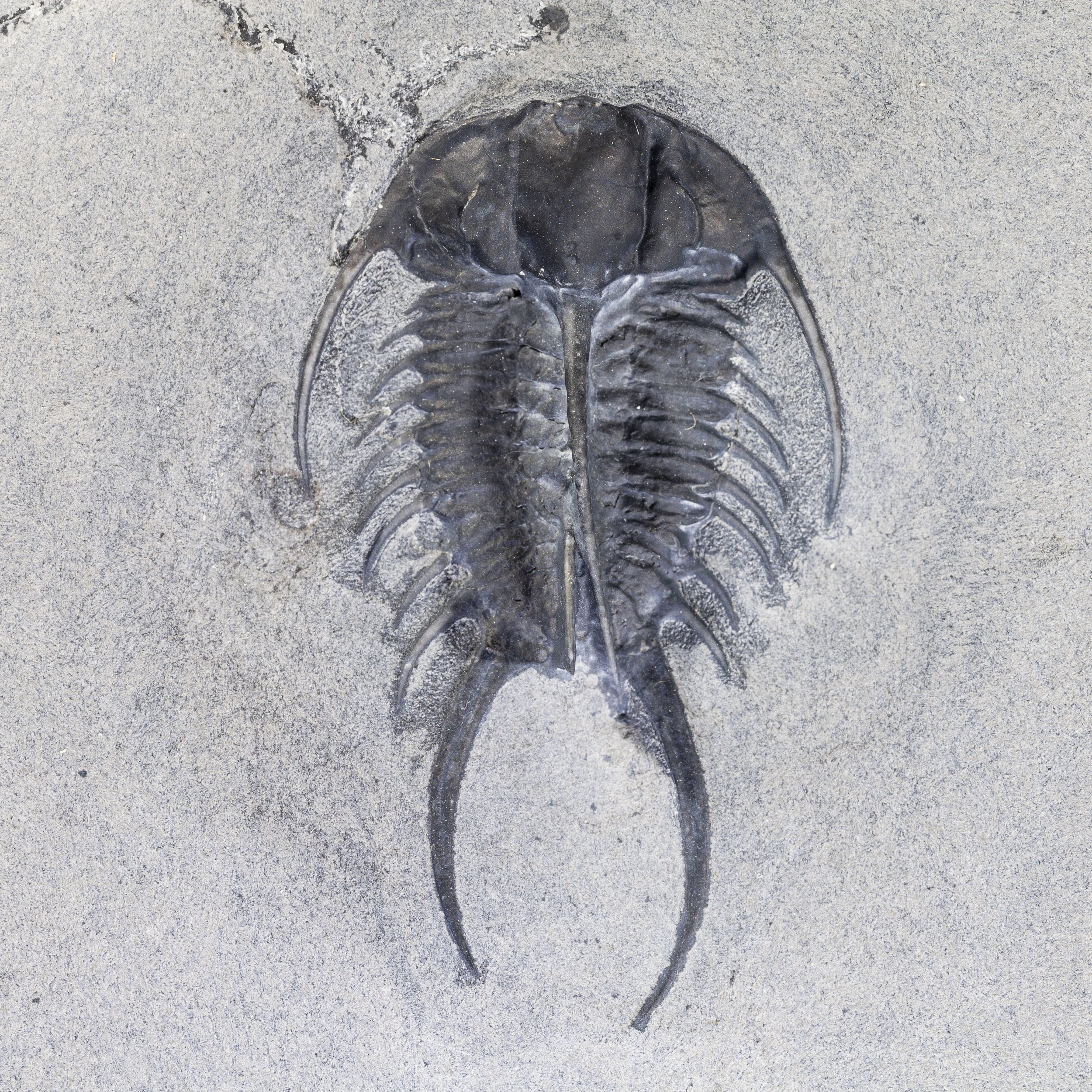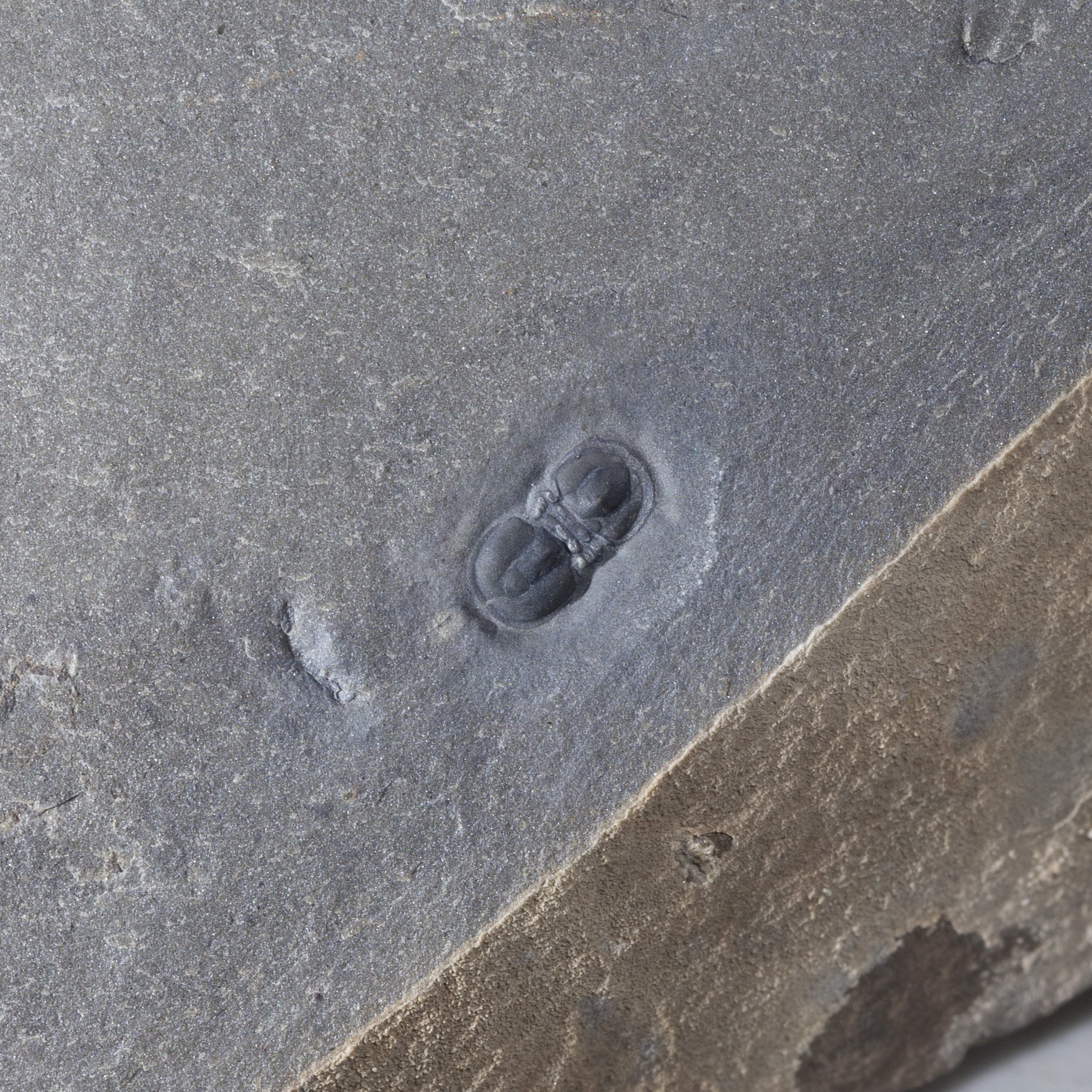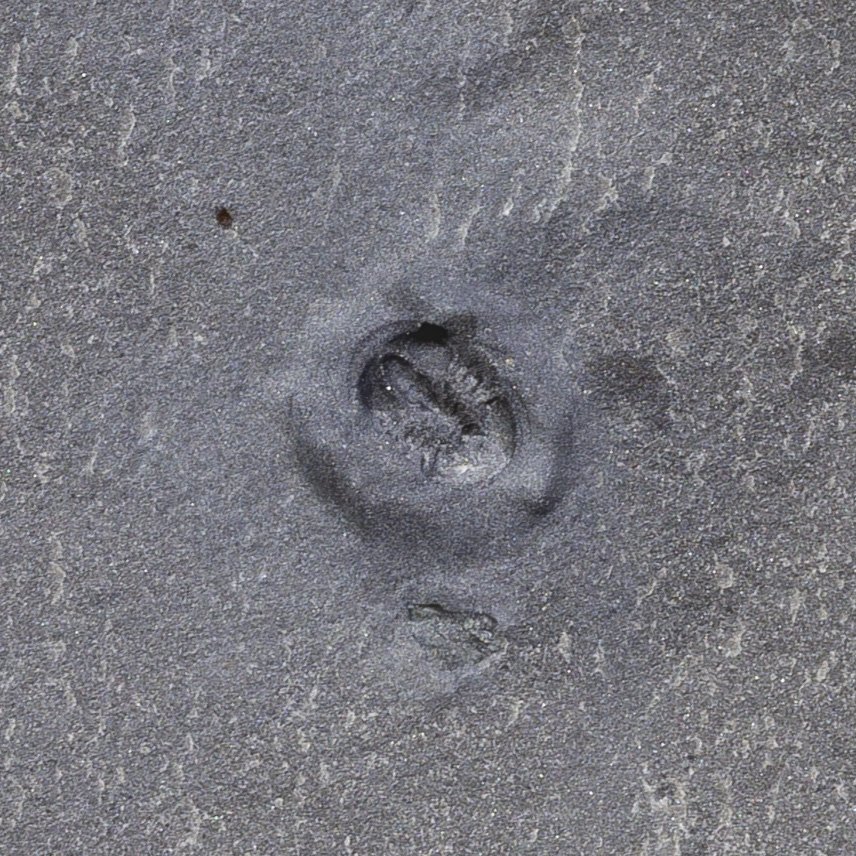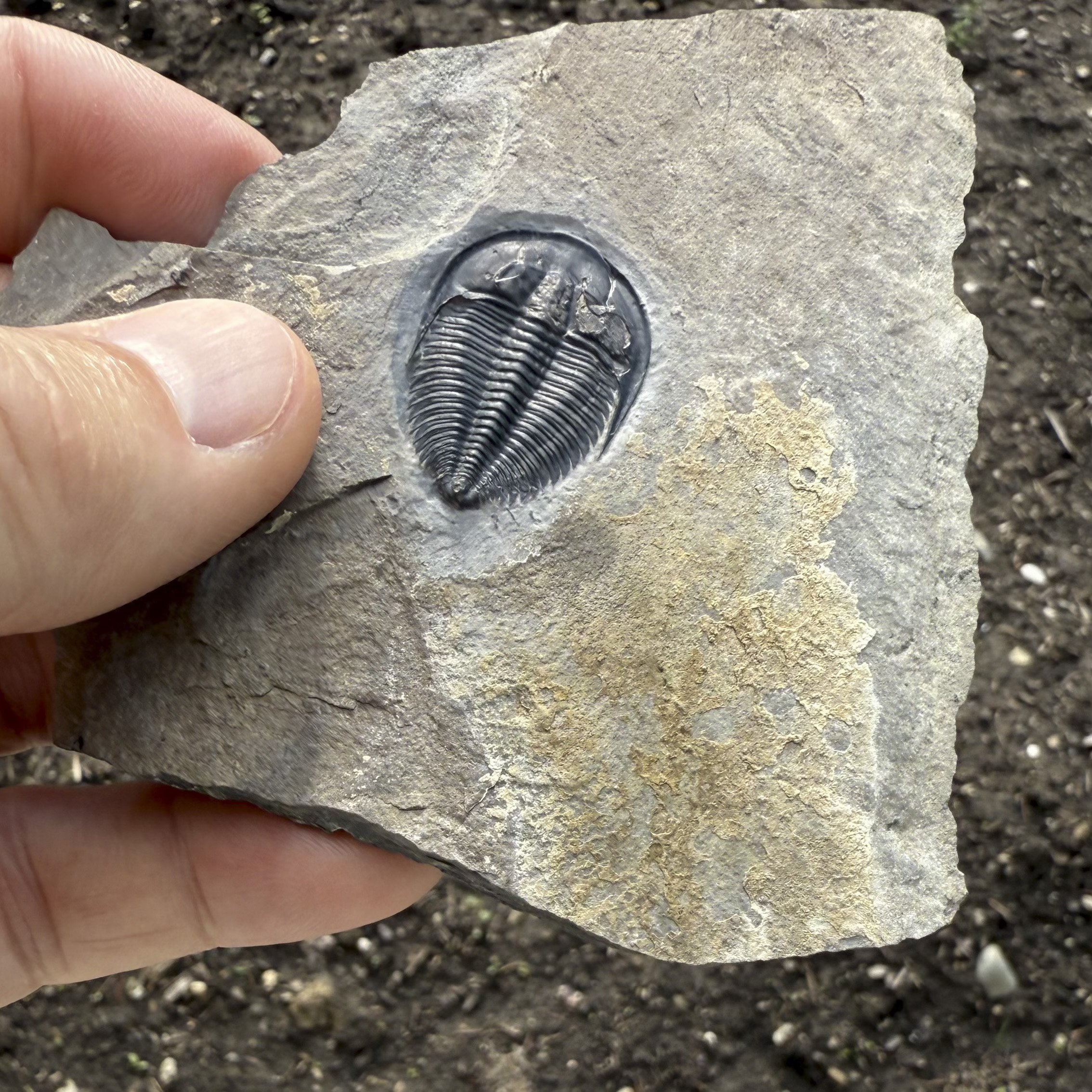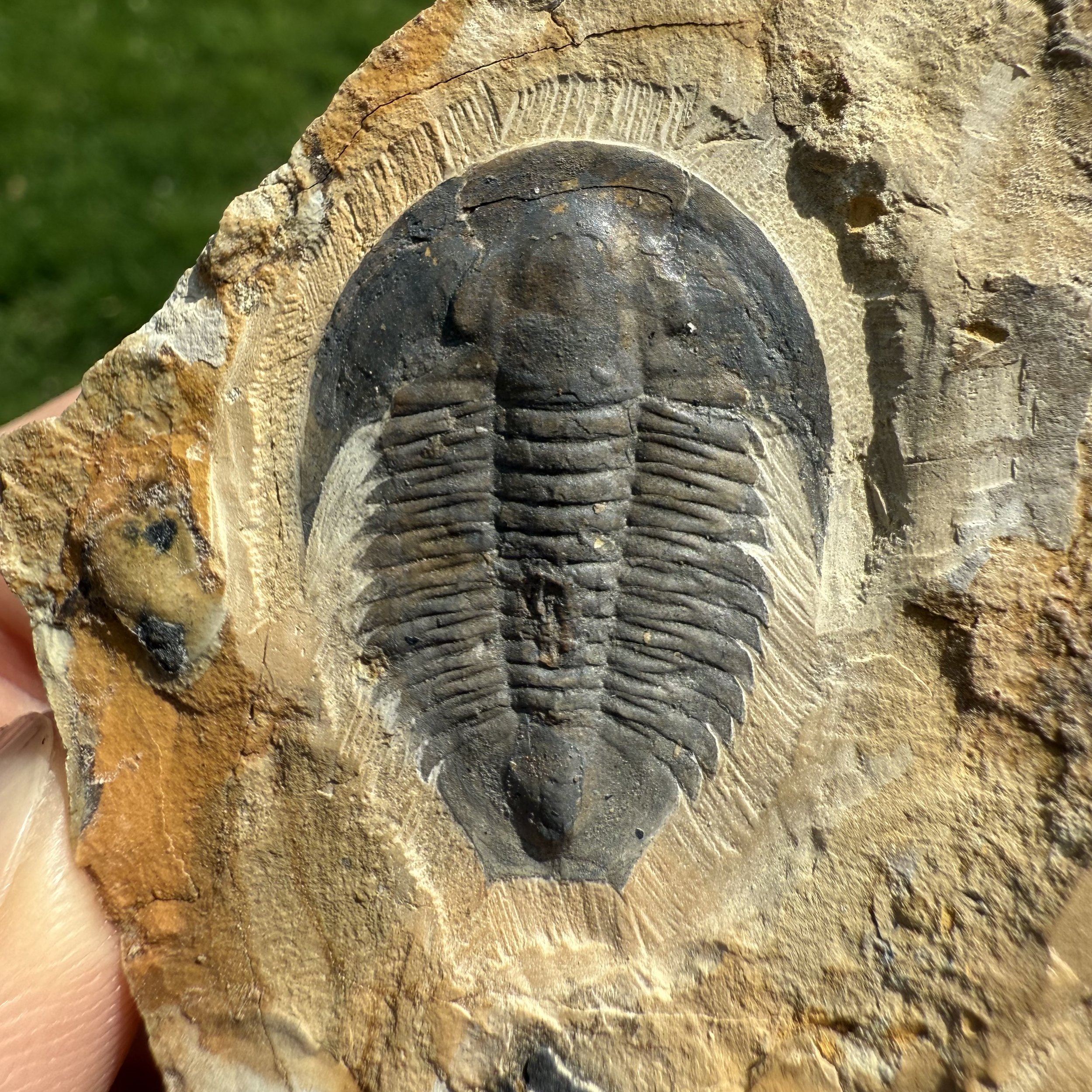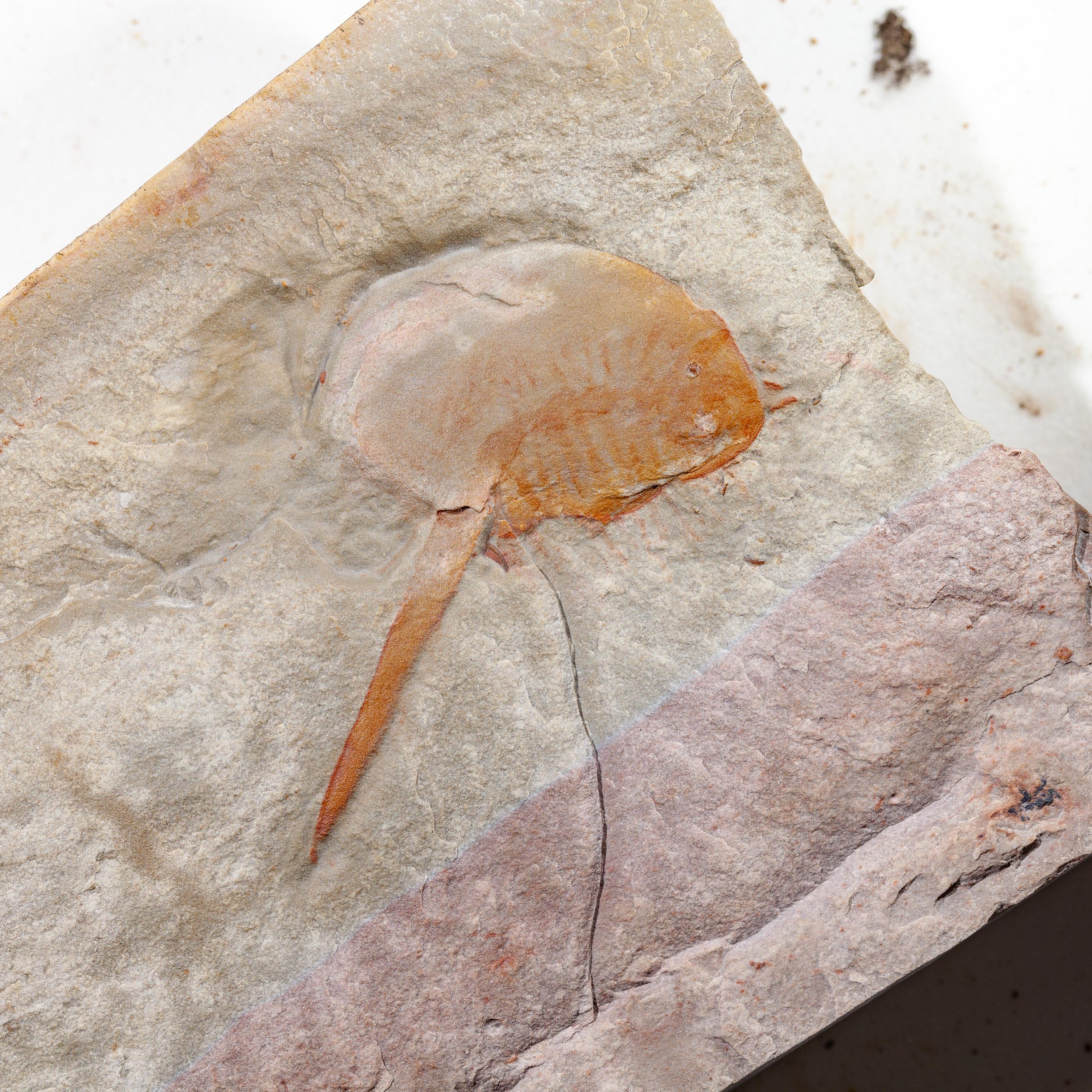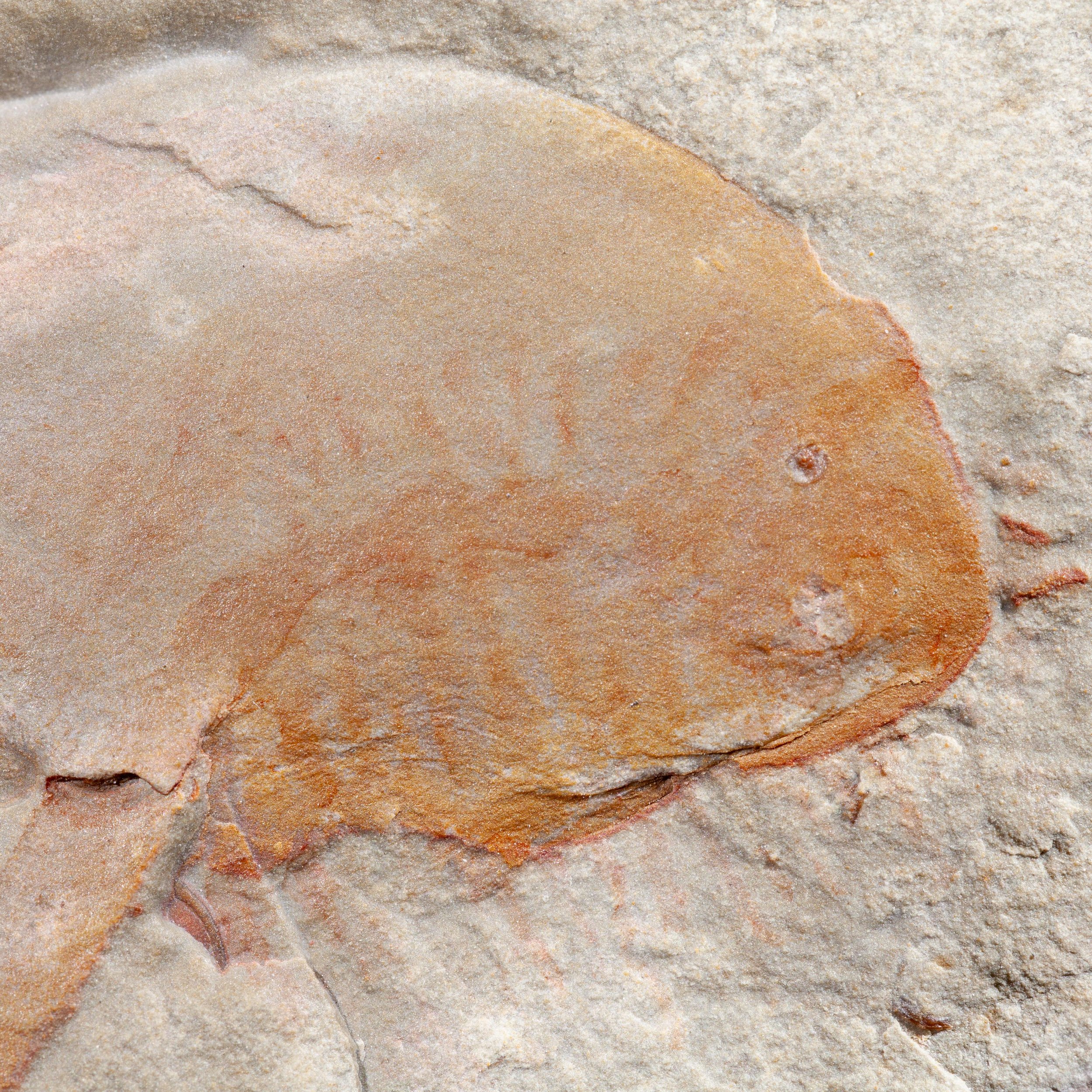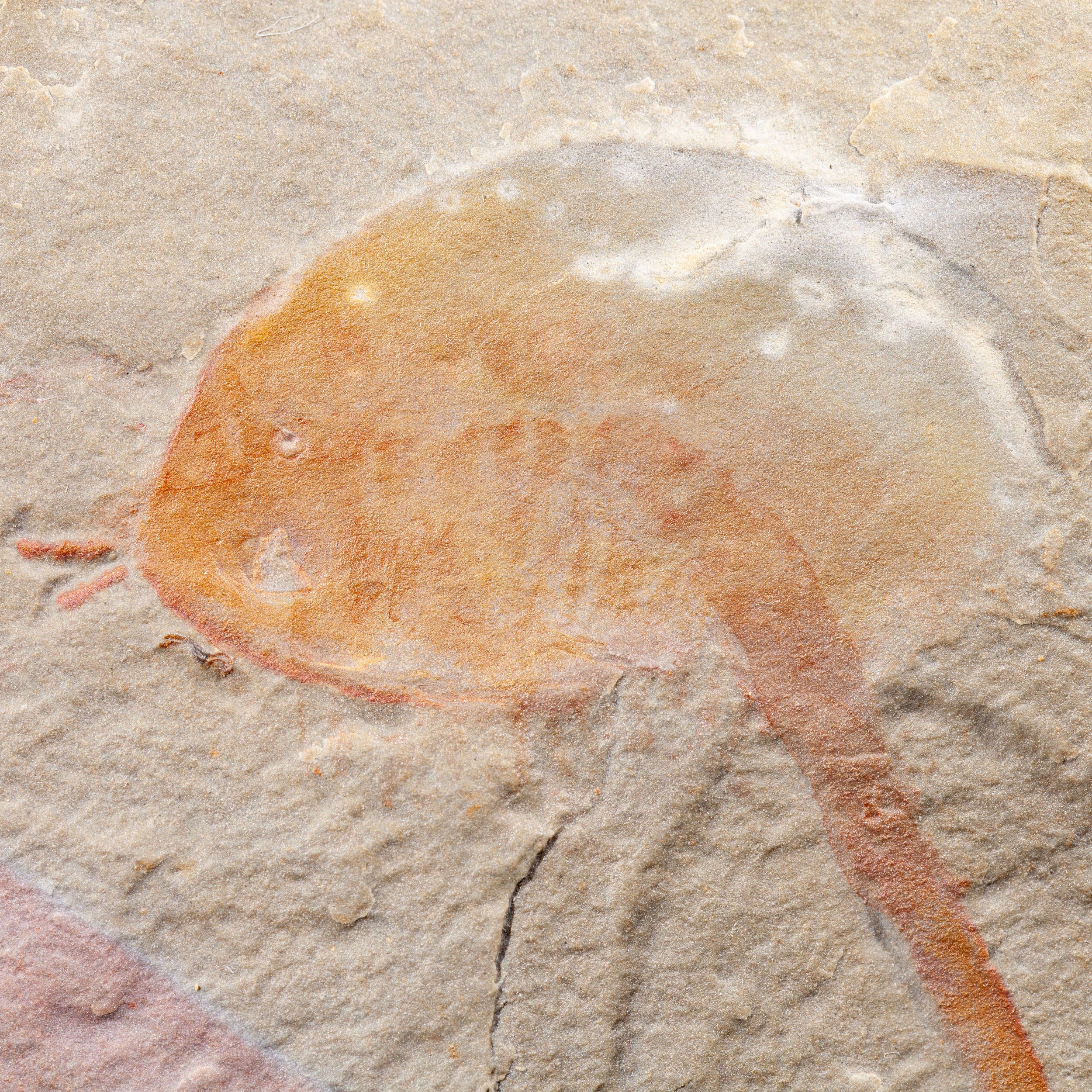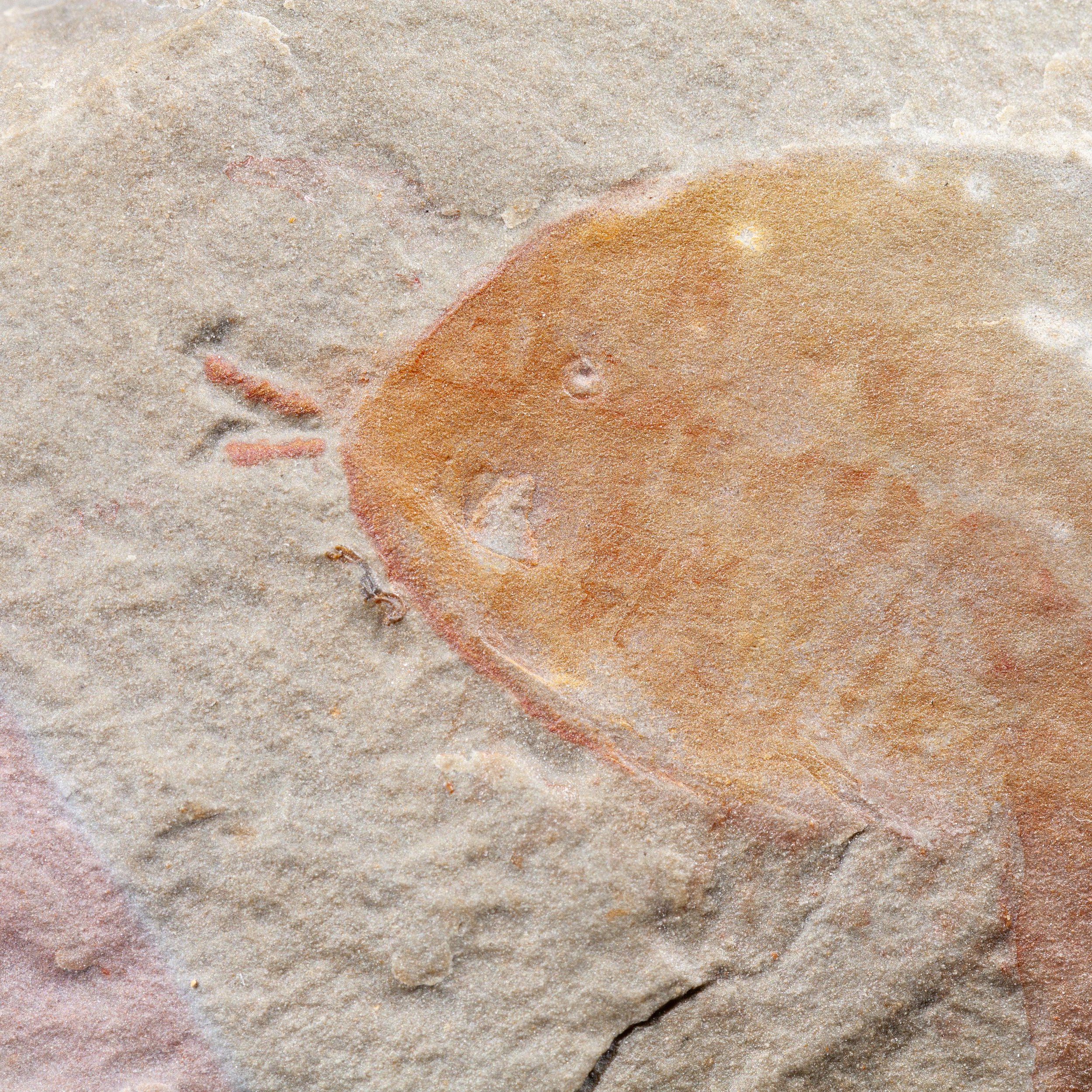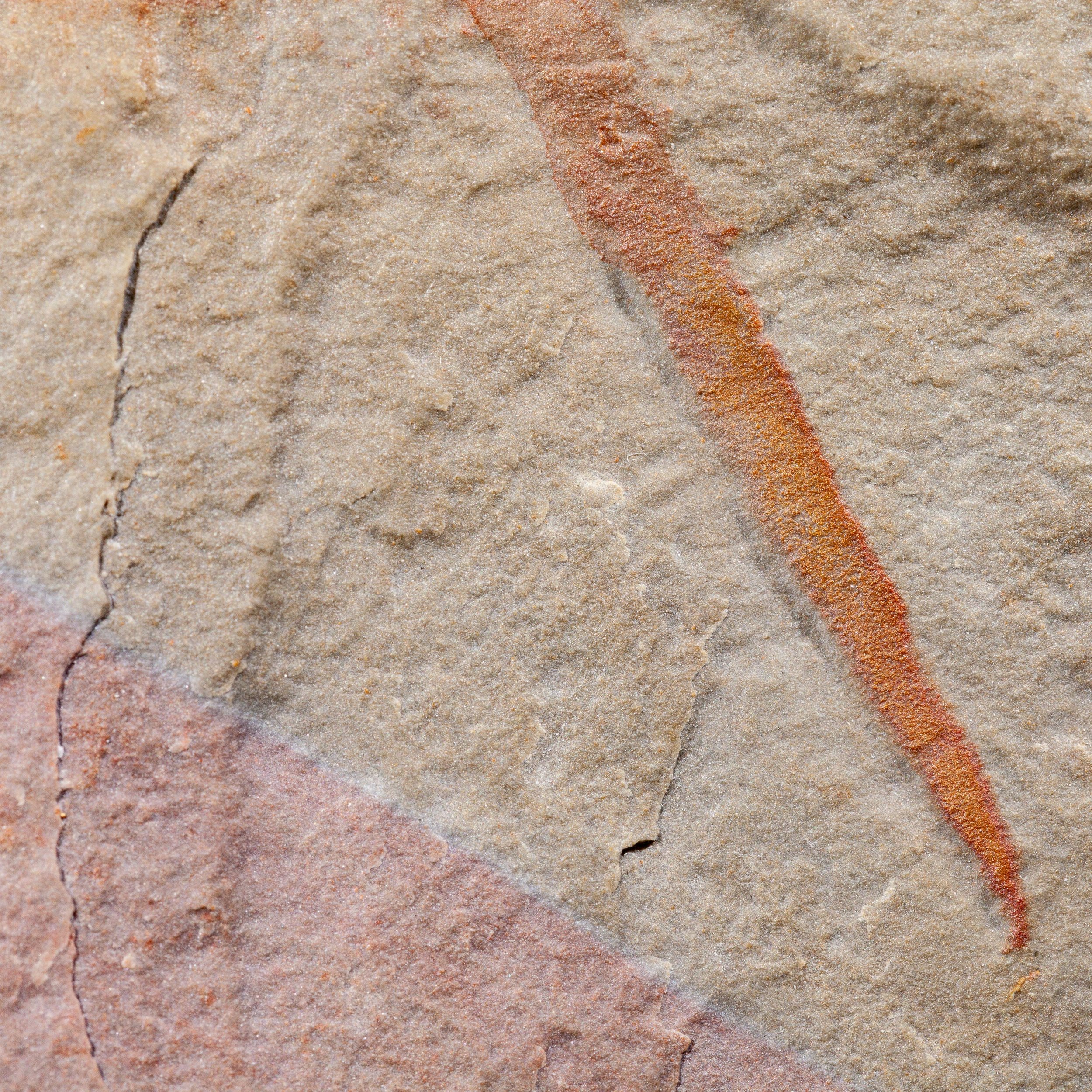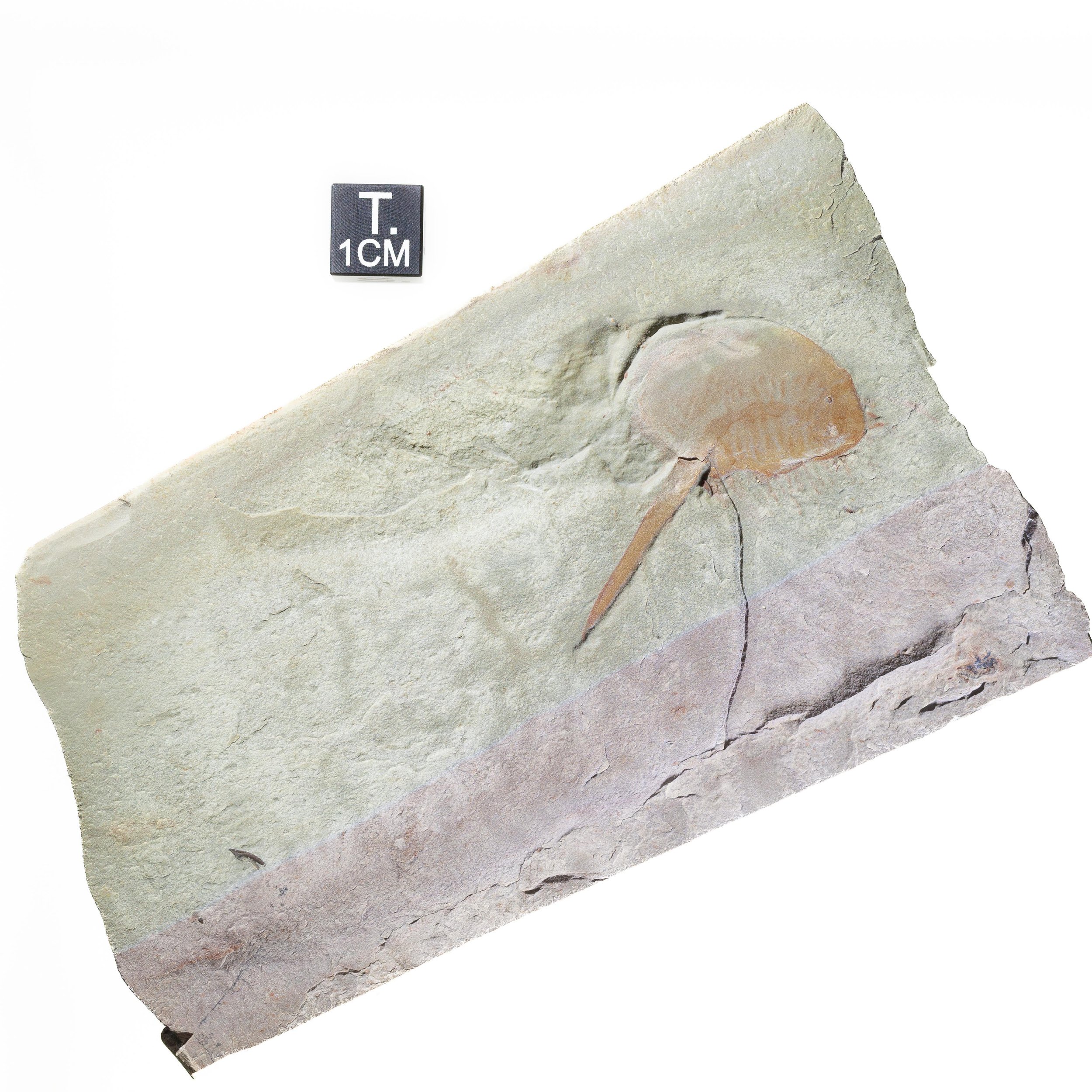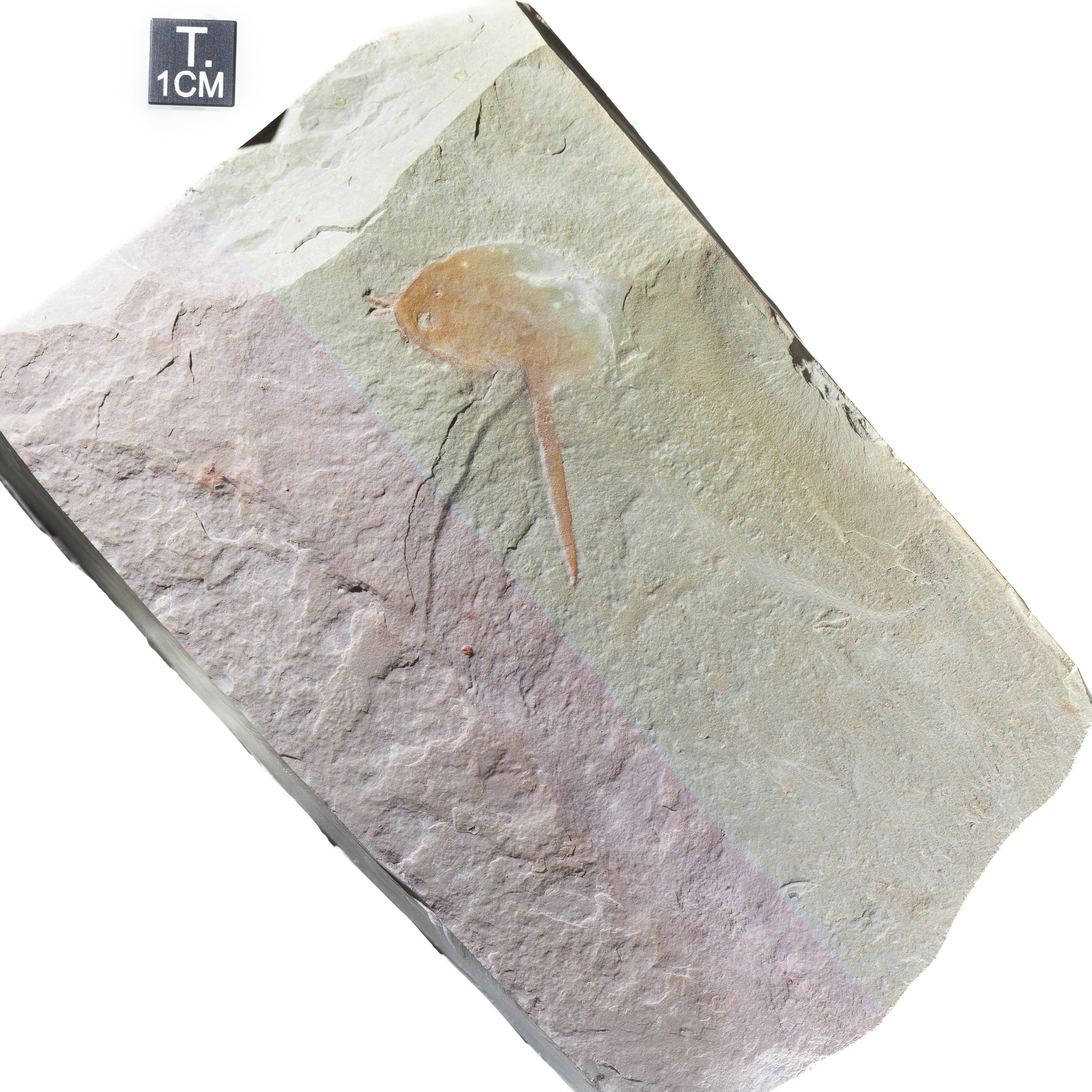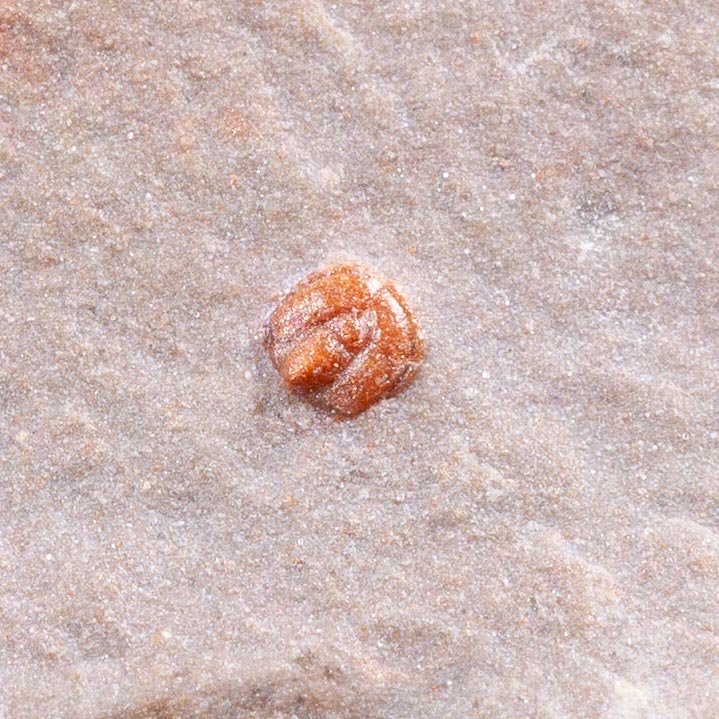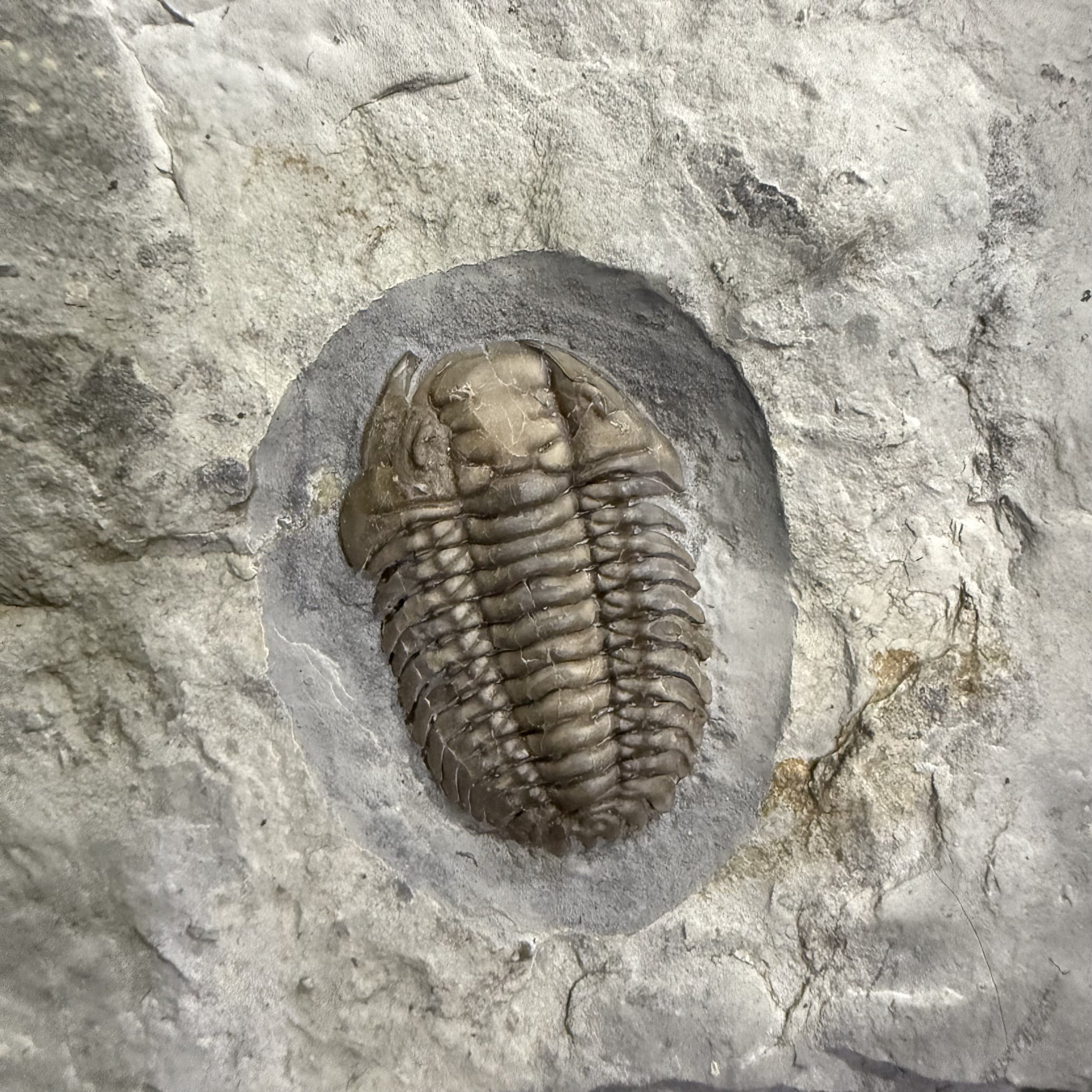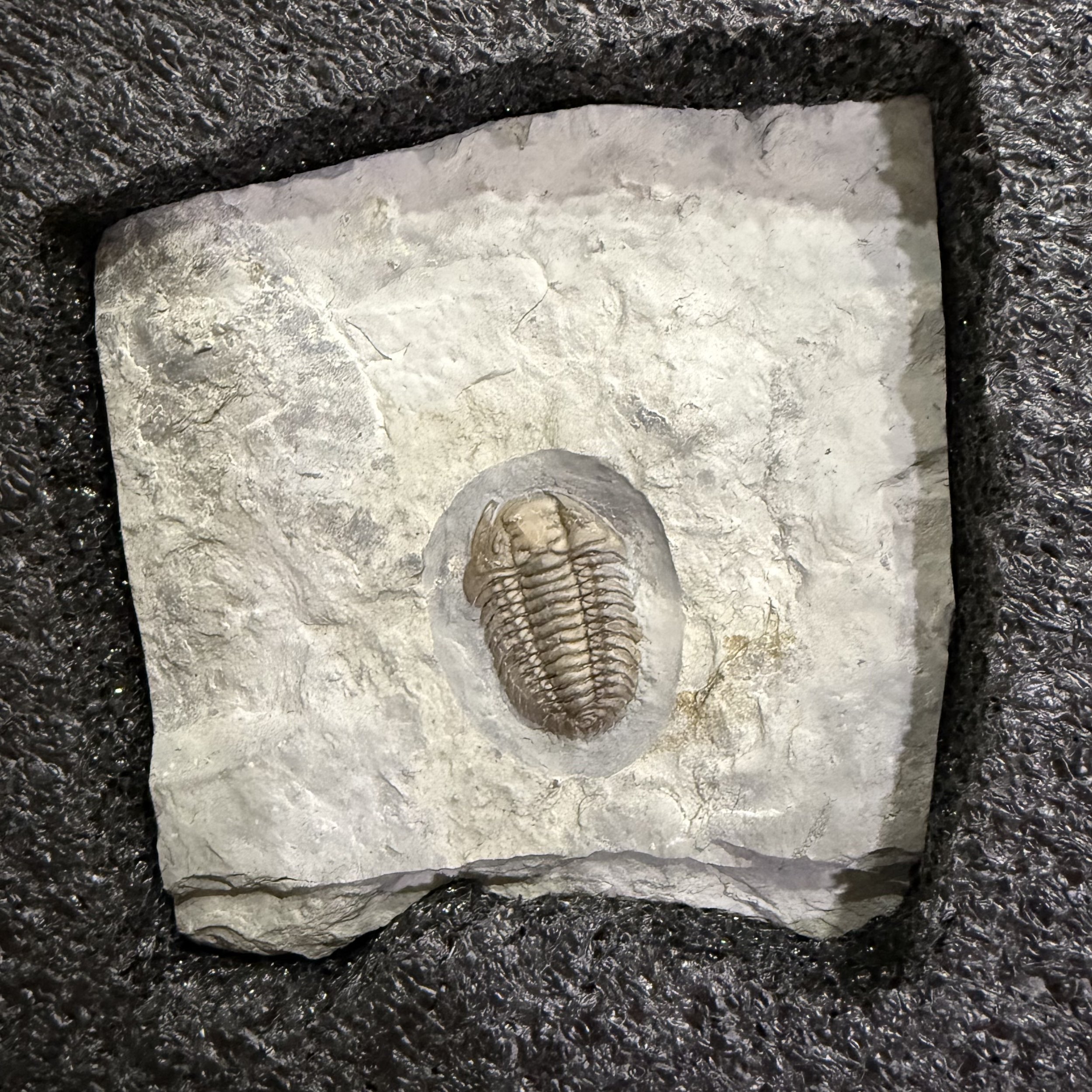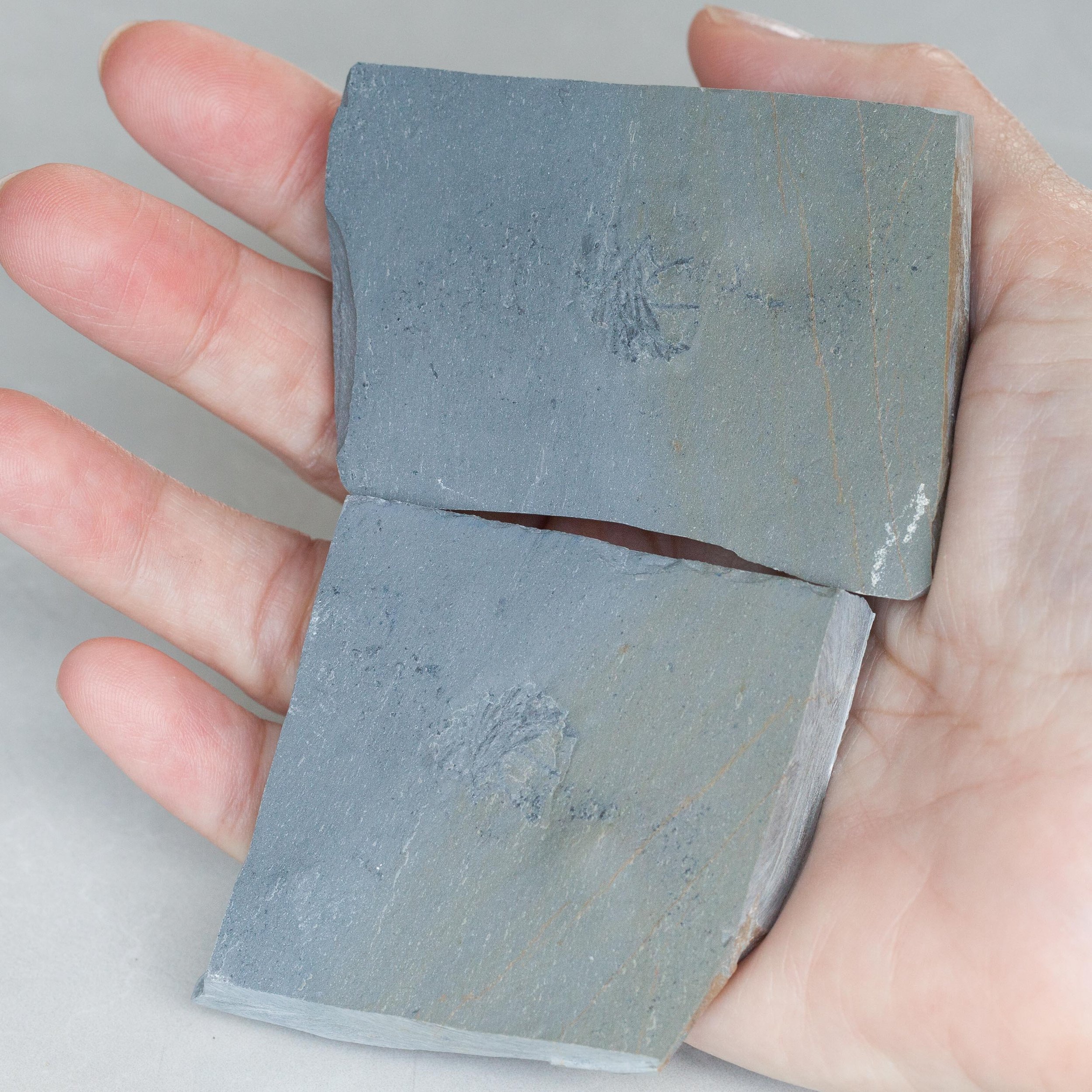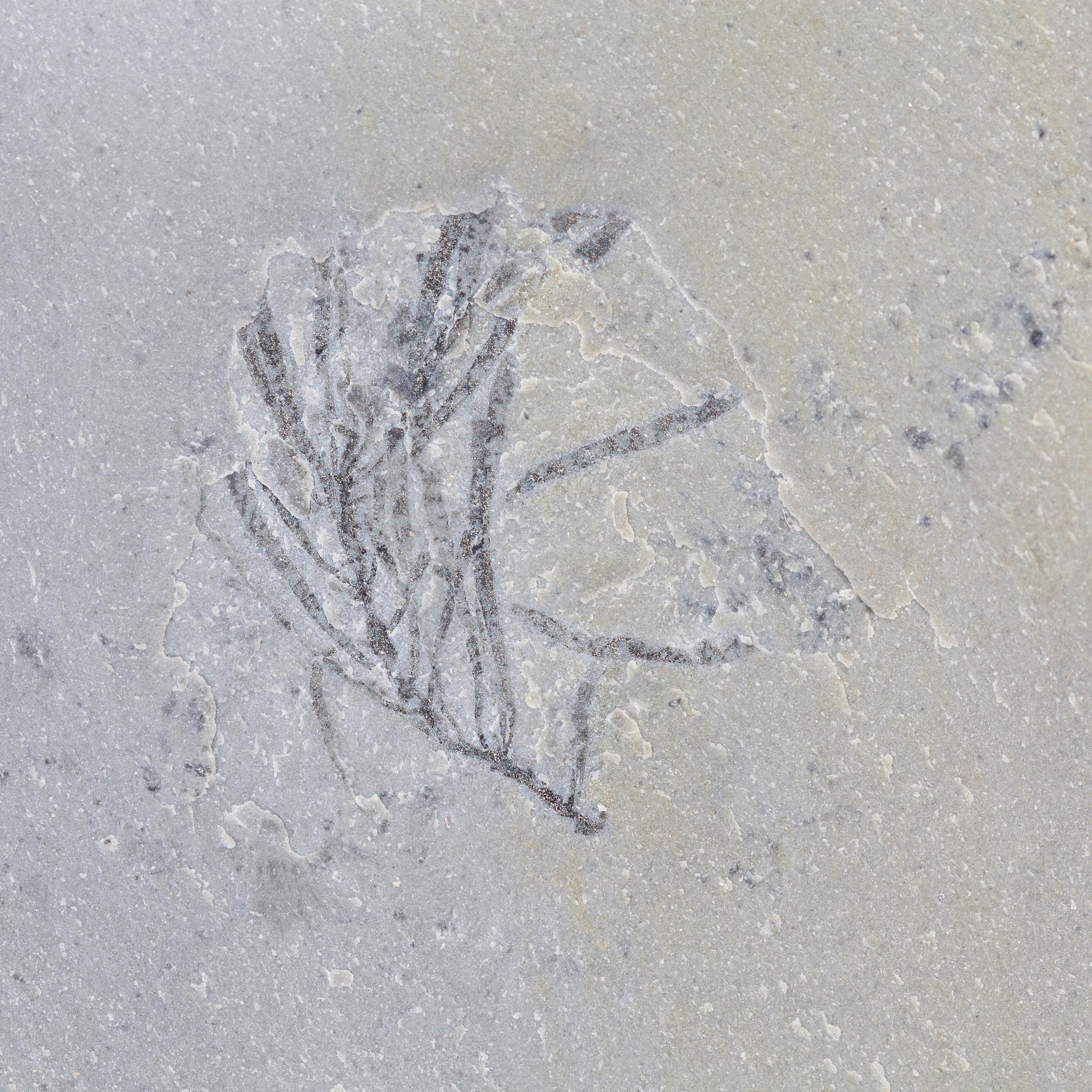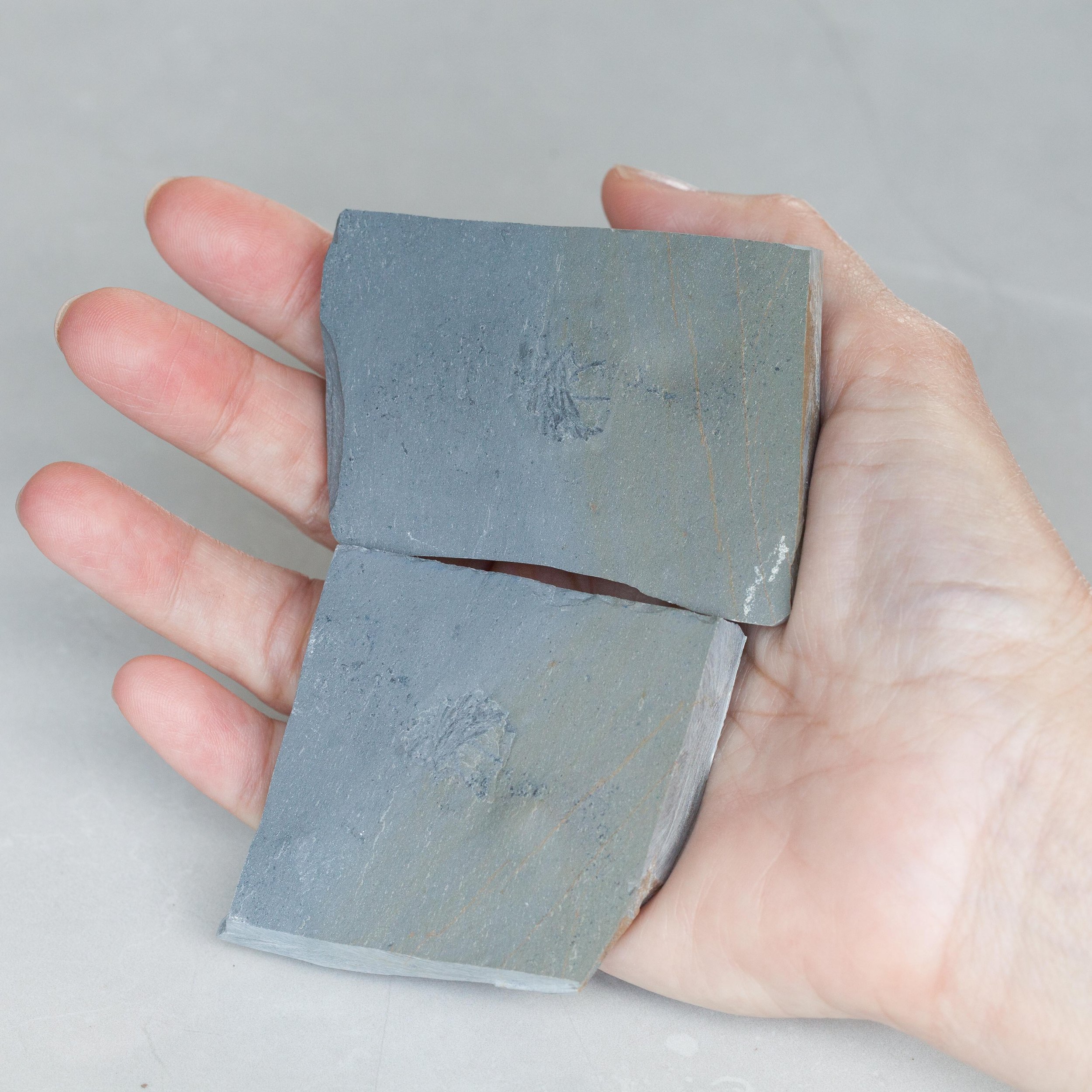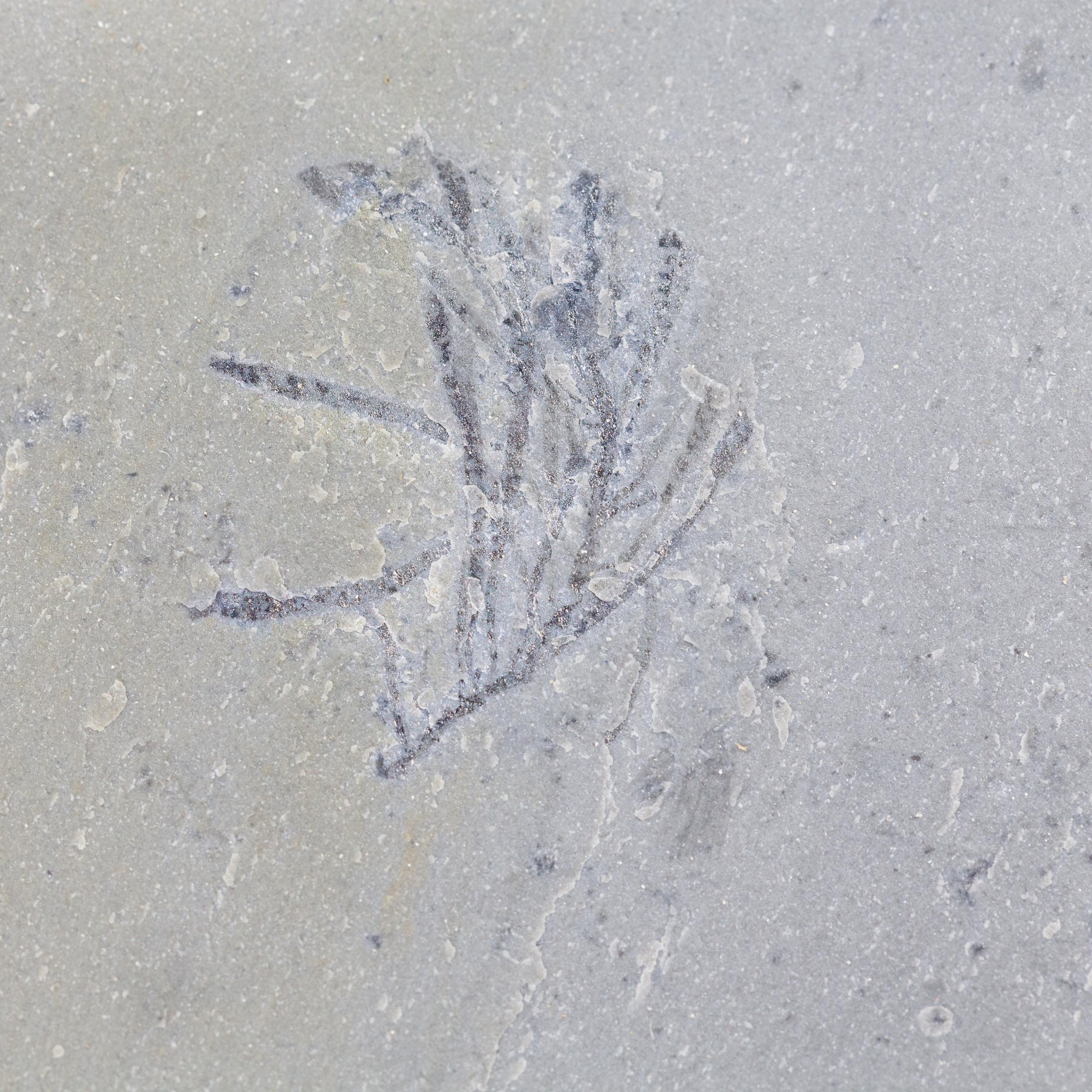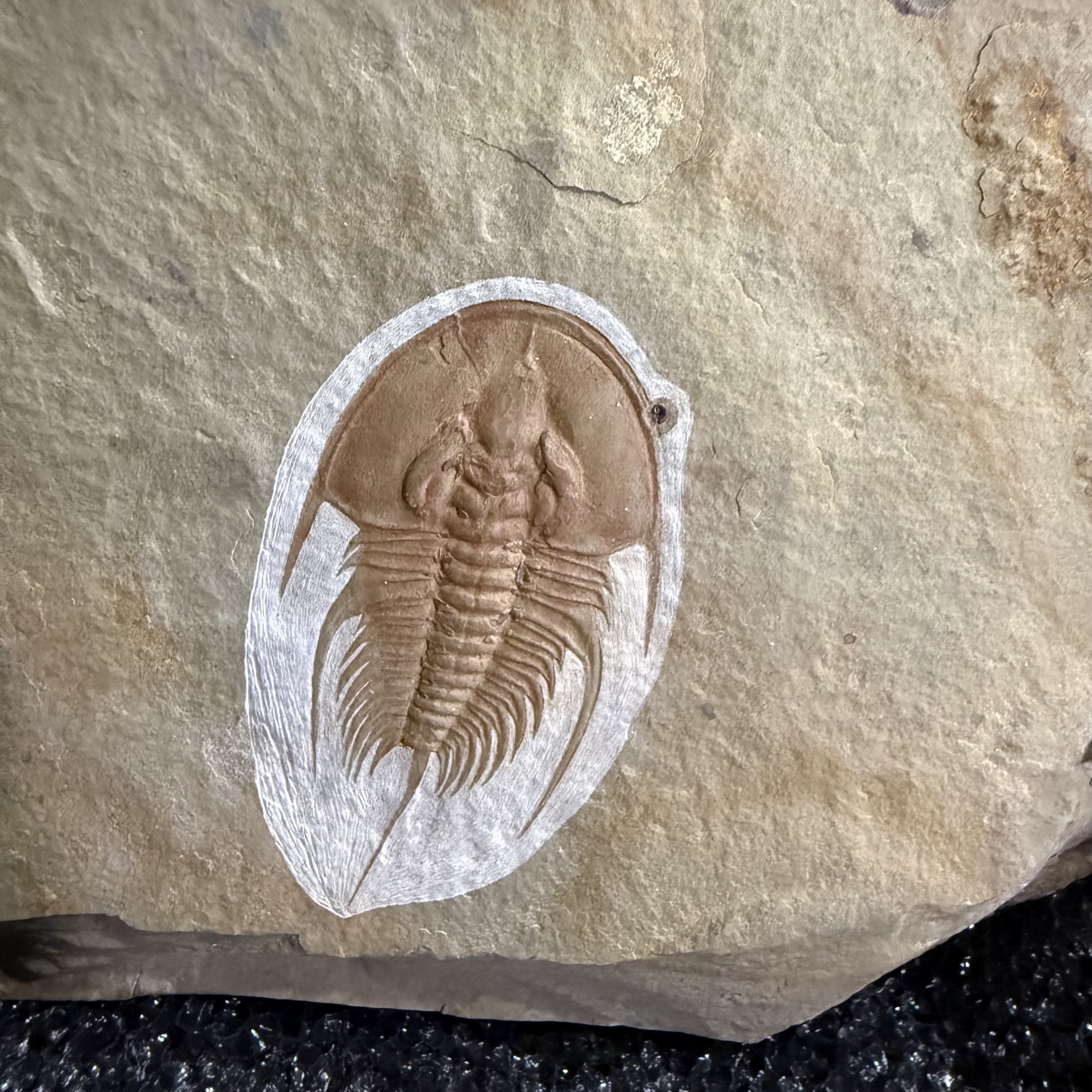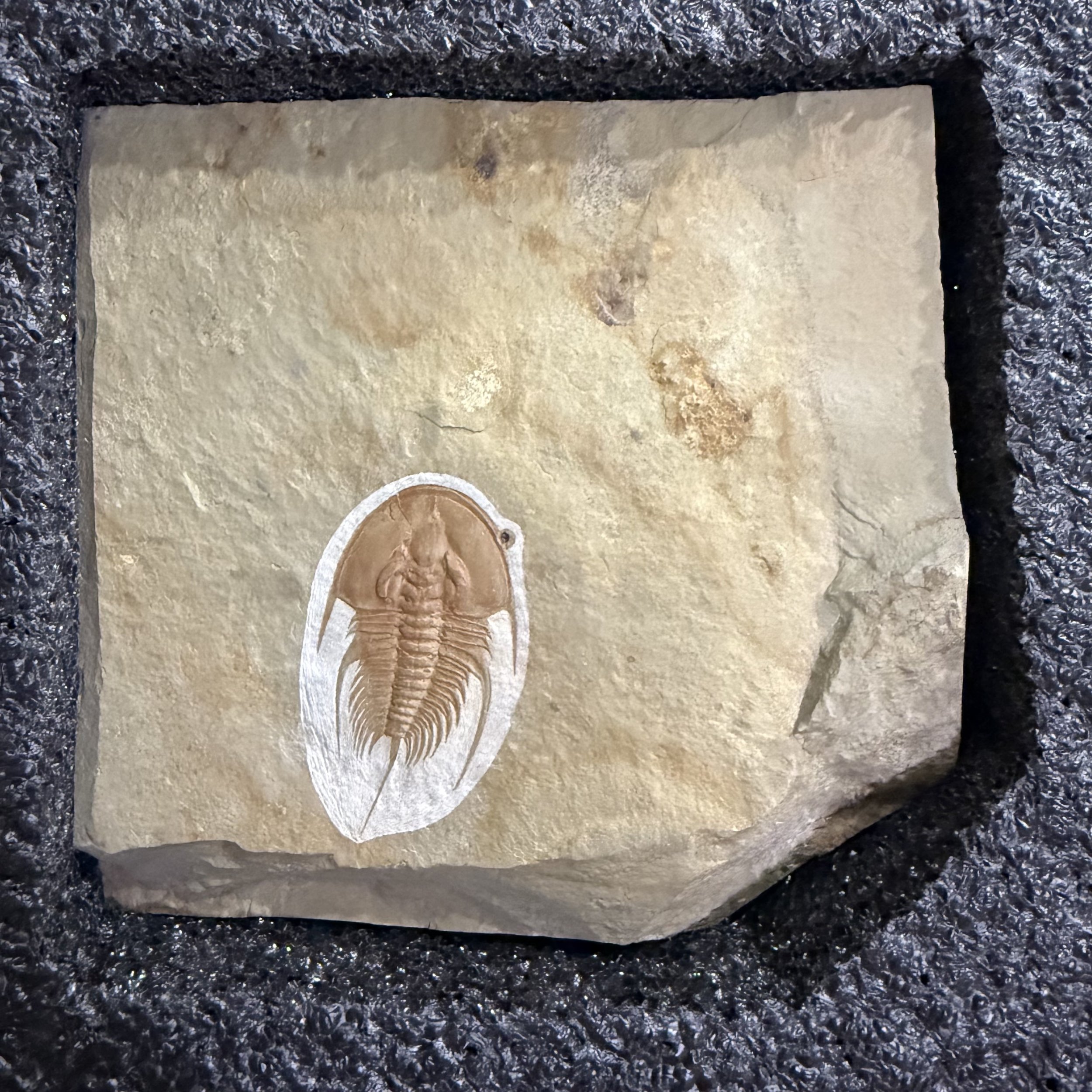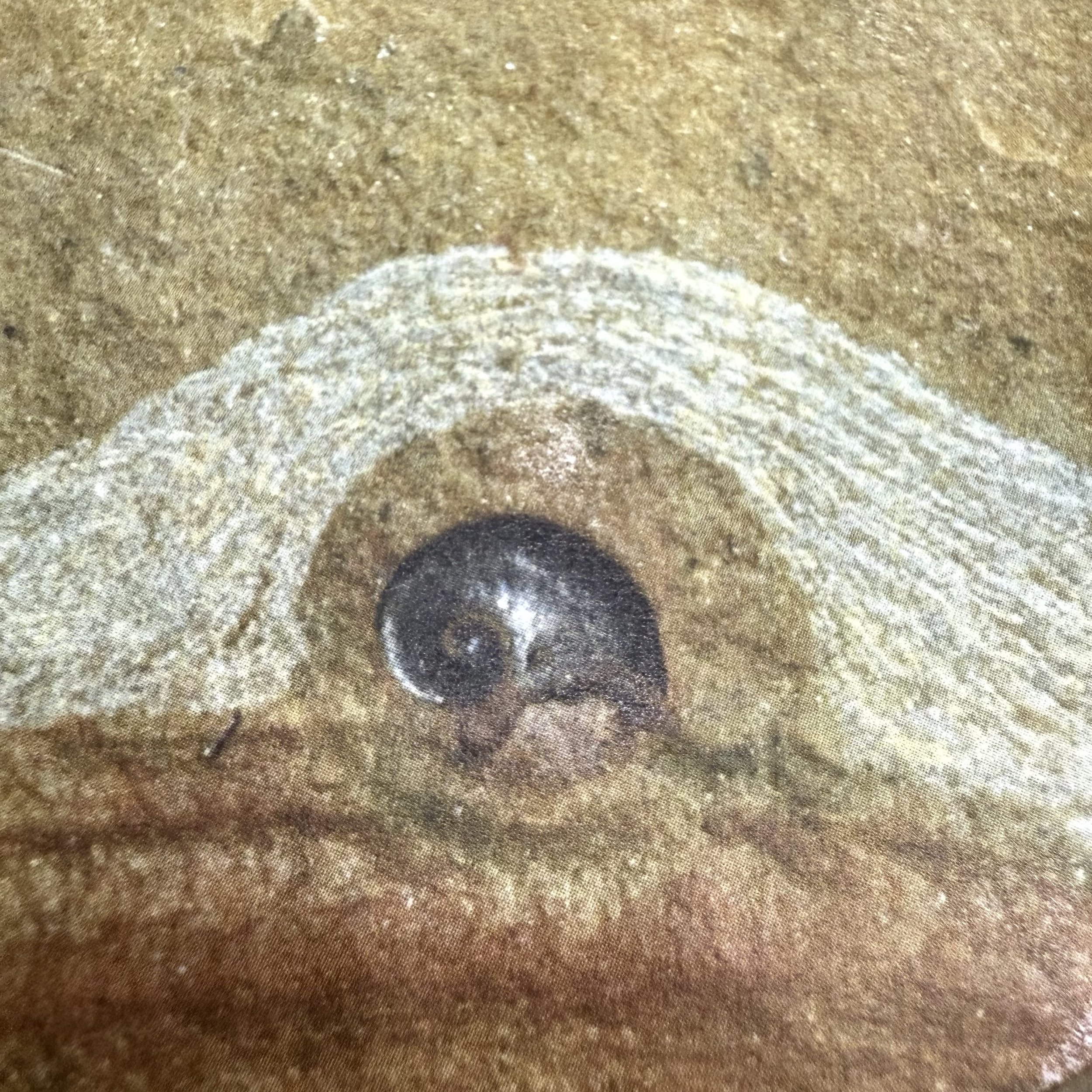 Image 1 of 3
Image 1 of 3

 Image 2 of 3
Image 2 of 3

 Image 3 of 3
Image 3 of 3




Asaphiscus wheeleri
Vendor: Gold Bugs
SKU Number: SQ8742187
Asaphiscus wheeleri from the Middle Cambrian, Wheeler Shale Formation, Utah.
A beautiful pairing of Asaphiscus trilobites! This double specimen features two large specimens slightly offset from one another. Close associations of this species are uncommon. The trilobites are from the red beds giving the trilobites a reddish hue throughout their exoskeletons.
Full dimensions are listed below (Size of largest fossil is used for specimen size - In this case both trilobites are almost the same size)
Vendor: Gold Bugs
SKU Number: SQ8742187
Asaphiscus wheeleri from the Middle Cambrian, Wheeler Shale Formation, Utah.
A beautiful pairing of Asaphiscus trilobites! This double specimen features two large specimens slightly offset from one another. Close associations of this species are uncommon. The trilobites are from the red beds giving the trilobites a reddish hue throughout their exoskeletons.
Full dimensions are listed below (Size of largest fossil is used for specimen size - In this case both trilobites are almost the same size)
Vendor: Gold Bugs
SKU Number: SQ8742187
Asaphiscus wheeleri from the Middle Cambrian, Wheeler Shale Formation, Utah.
A beautiful pairing of Asaphiscus trilobites! This double specimen features two large specimens slightly offset from one another. Close associations of this species are uncommon. The trilobites are from the red beds giving the trilobites a reddish hue throughout their exoskeletons.
Full dimensions are listed below (Size of largest fossil is used for specimen size - In this case both trilobites are almost the same size)
Additional Information
Asaphiscus wheeleri is a Middle Cambrian trilobite of the Middle Cambrian, wheeler Shale formation in Utah. Its more familiar form is a compressed dark gray to black mineralized carapace. The matrix of Wheeler Shale has many facies including calcareous shale, shaley limestone, mudstone and thin, flaggy limestone that create amazingly colorful contrasts of reds, yellows, browns and greens.
The rock color combinations are caused by a variety of minerals, including iron and organic carbon. The color of sedimentary rocks reflect the depositional environments, including oxygen levels, organic matter, sedimentation rate, etc. Color is also influenced by transition metals such as iron, magnesium, copper, zinc, titanium and many others. E. kingii is a medium-sized trilobite with a smooth sub-ovate carapace that is tapered towards the rear. Thorax is usually 13 segments. Pygidium has four axial rings and a long terminal piece. Posterior margin of the pygidium has a long broad medial notch.
References:




